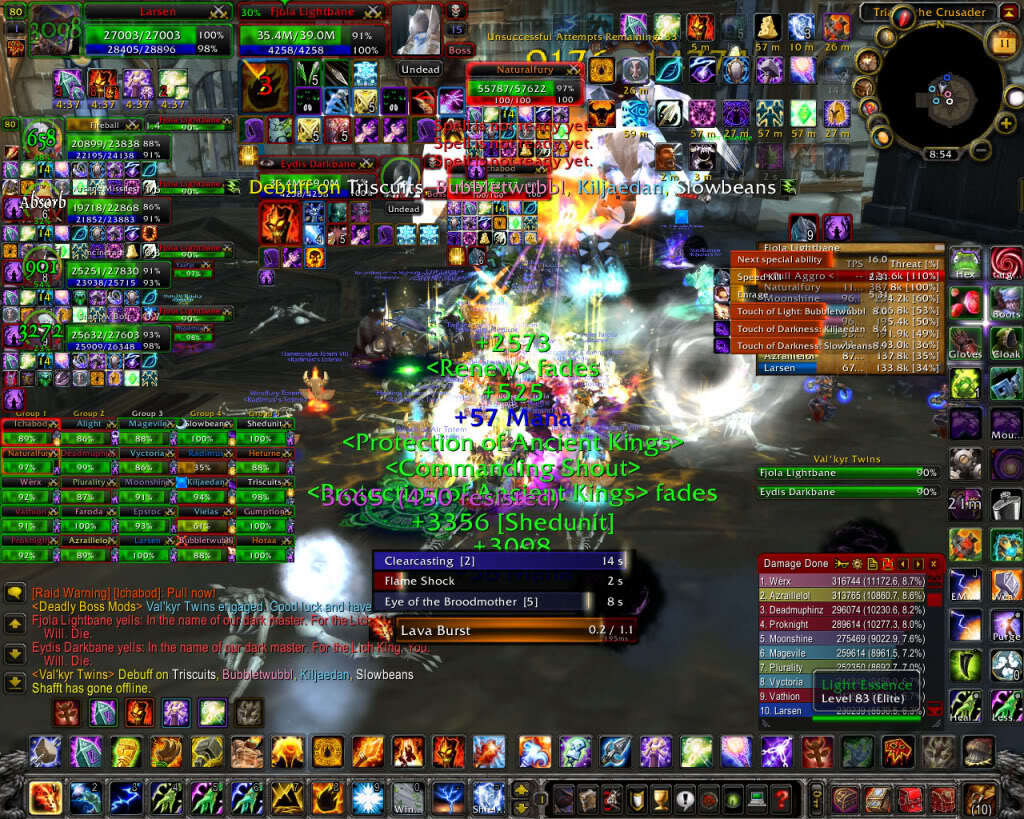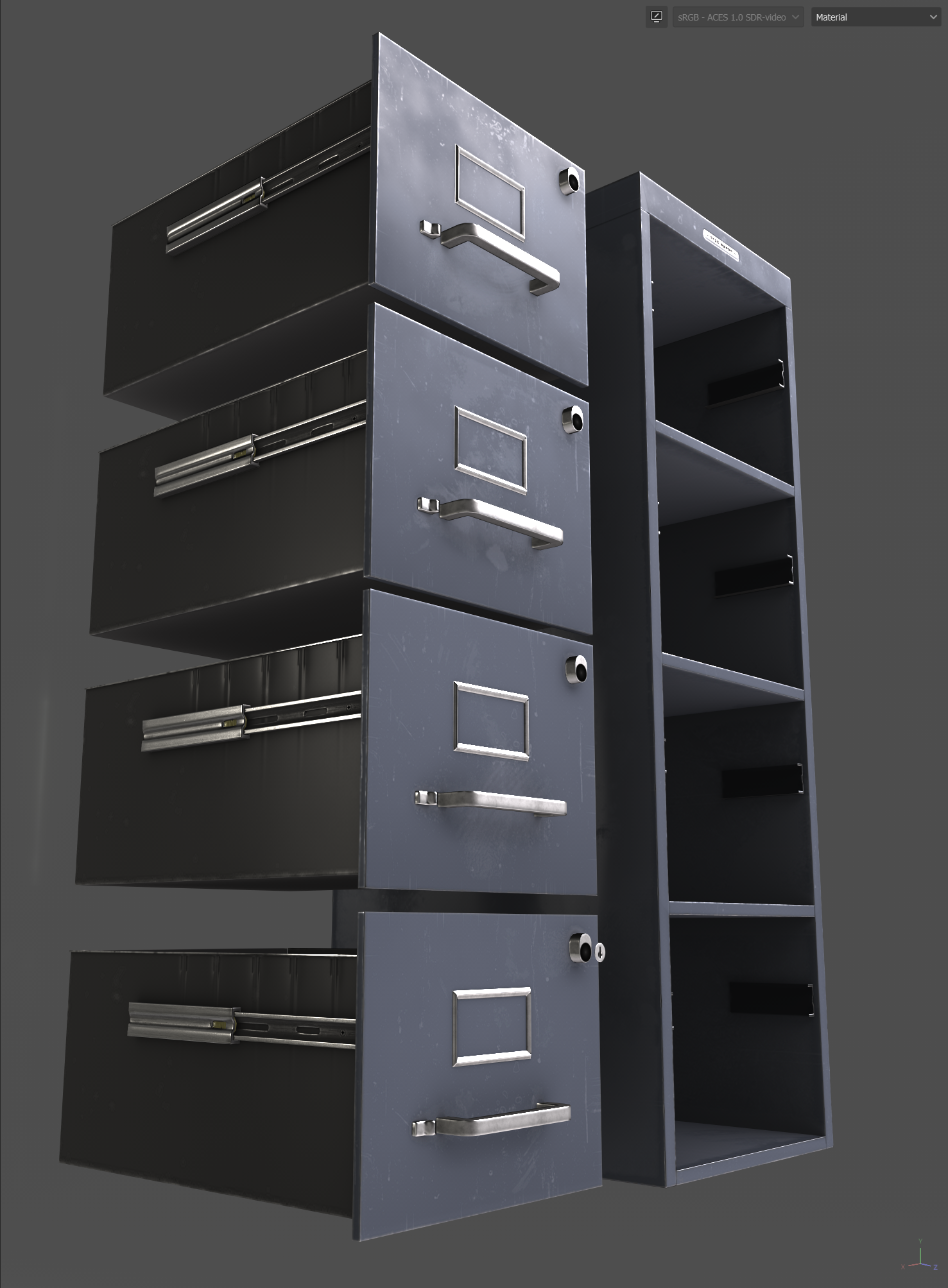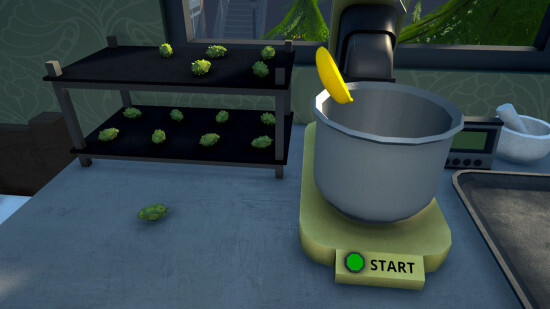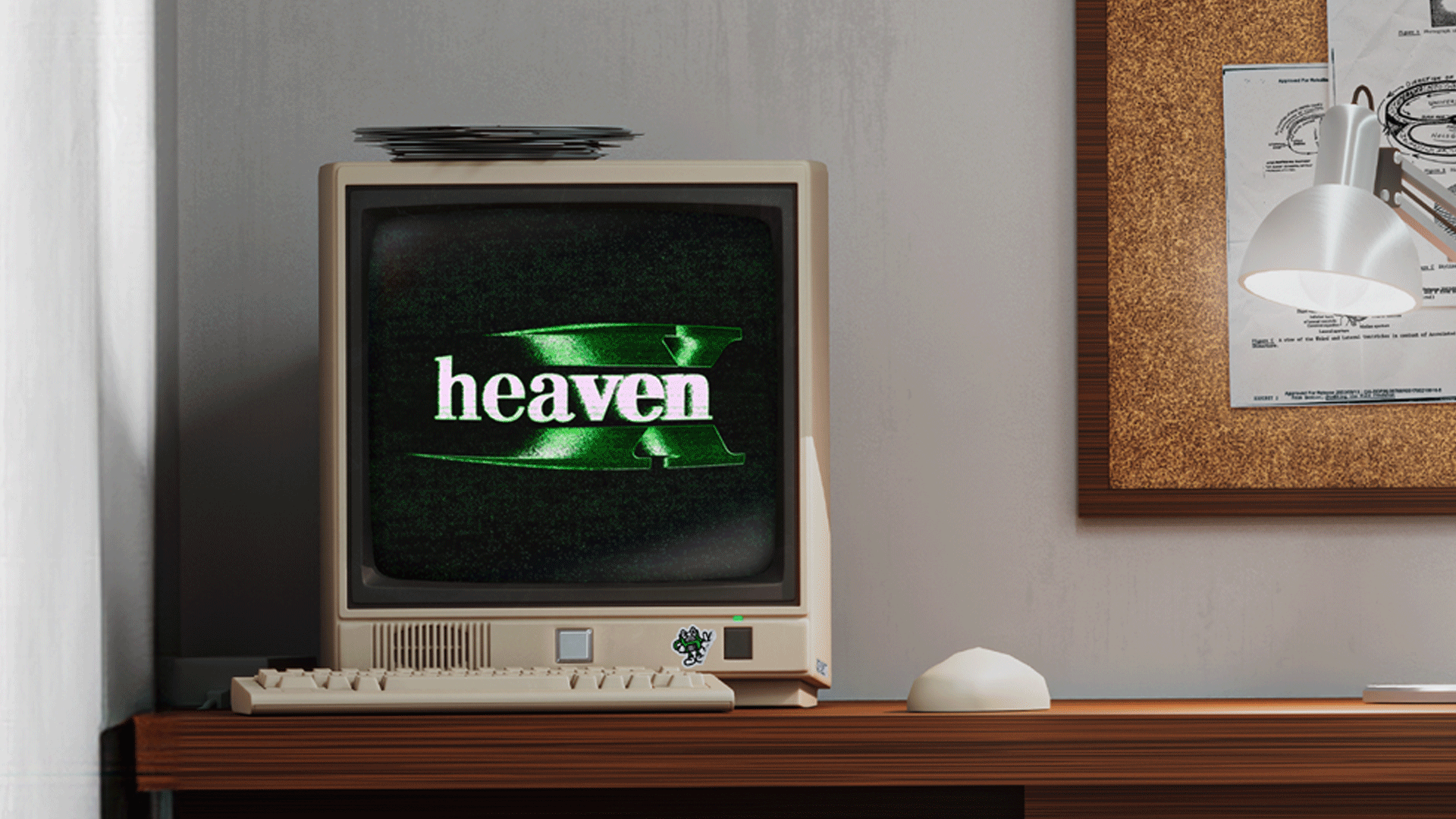HeavenX Devlog 0004
UI/UX as Worldbuilding
User interfaces are meant to disappear. They exist as conduit between a player and a game. Characters "in universe" do not experience the same things a player does through the screen -- it is gamified in a way that streamlines interaction.

We've taken the opposite approach. In HeavenX, the user interface is being designed as the core experience for the narrative pillar of the game. This philosophy affects every screen the player will interact with. Dialog is set in functional email clients and messenger apps. An overflowing filing cabinet takes the place of a loot window. Every piece of UI was built with narrative implications in mind. The player does not "press start." The player logs into a corporate account they were given during onboarding. They are not playing a game, they are an employee.
The 3D Office and "Fake" Desktop
The narrative events of HeavenX take place in a photorealistic 3D office space. This replaces the conventional main menu. The visual language emphasizes linoleum flooring, drop ceilings, and the soft glow of CRT monitors. This space embeds gameplay features required for progression into physical objects: computer terminals, filing cabinets, fax machines, and so on. Screen space UI in this environment is minimal. What appears is contextual and tied to physical interaction. We are deliberately avoiding hovering buttons or menus. This was a decision made to double down on player immersion in the story. The player is not navigating a game menu. They are an employee at Zhaoxing Heavy Industries. They are physically interacting with their workplace to complete their day to day tasks.

This design is partially inspired by games that integrate tutorials diegetically, such as the Recruitment Center in System Shock or the Tanker Incident in MGS2. More modern titles extend this past a tutorial into the full experience. Games like Lethal Company or Schedule 1 intentionally avoid the immersion barrier created by a user interface by removing it entirely and replacing it with gameplay. We're taking a similar approach.

One of the most interactive objects in the 3D office environment is the computer. It features a fully functional operating system modeled after late 1990s enterprise desktop environments. The user will find chat clients, project management tools, games, and proprietary ZHI software. Applications like Shout! (chat), RightNow (ticketing), and BitClad (classified storage) are styled after real-world enterprise platforms such as Lotus Notes, Microsoft Project, and Novell GroupWise.

^this guy (David Canfield Smith) invented the computer icon lol
The visual approach is informed by early interface pioneers like David Canfield Smith (creator of the “icons as objects” metaphor), with an emphasis on skeuomorphic design. This same skeuomorphic logic extends up into the 3D office space itself: CRT monitors emit light, filing cabinets hold physical documents, and typical user interface affordances are embedded physically into the gameplay. It does not feel like a game UI because it isn’t. It is a workplace productivity suite, built for internal use by Zhaoxing Heavy Industries staff.
The FPS HUD (Breaking our own rules?)
While inside HeavenX (the combat environment), the player uses a traditional HUD layered over dynamic FPS gameplay. However, this HUD is presented as a projection of the Seraphex Overlay. The Seraphex Overlay is a cognitive interface deployed by Neo-Frontier operatives to mediate their perception of the digital world.
The current HUD is under active development. Many elements remain placeholder or incomplete, but our design ideas are targeting contemporary human machine interface design used in avionics and medical software (GE Datex-Ohmeda monitors, NASA SIM UI, etc). Also modern virtual reality UI/UX conventions.
Just as the 3D office exists as an in universe solution to "game menus" -- All FPS HUD elements are intended to exist within the cannon of the game. Nothing is presented as a “game” overlay. Every icon is a part of the Seraphex Overlay and should be interpreted as such by the player.
Closing
In most games, UI exists to deliver information as clearly and efficiently as possible. In HeavenX, it also exists to build a world, reinforce a structure, and occasionally introduce friction on purpose.
When a player navigates the HeavenX interface, they’re not equipping gear or choosing a mission. They’re completing workplace procedures. They’re submitting forms, reviewing protocol, and following instructions.
Good UI helps players to understand a game. Ours is meant to help them understand the system they’re inside.
HeavenX
HeavenX is a deck building arena shooter at the cusp of the new millennium.
| Status | In development |
| Publisher | |
| Author | Strangest.io |
| Genre | Shooter, Simulation |
| Tags | 90s, Arena Shooter, Bullet Hell, Deck Building, Dystopian, FPS, FPS Platformer |
| Languages | English |
More posts
- HeavenX Devlog 00122 days ago
- HeavenX Devlog 00112 days ago
- HeavenX Devlog 001030 days ago
- HeavenX Devlog 000937 days ago
- HeavenX Devlog 000844 days ago
- HeavenX Devlog 000751 days ago
- HeavenX Devlog 000658 days ago
- HeavenX Devlog 000565 days ago
- HeavenX Devlog 000378 days ago

Leave a comment
Log in with itch.io to leave a comment.